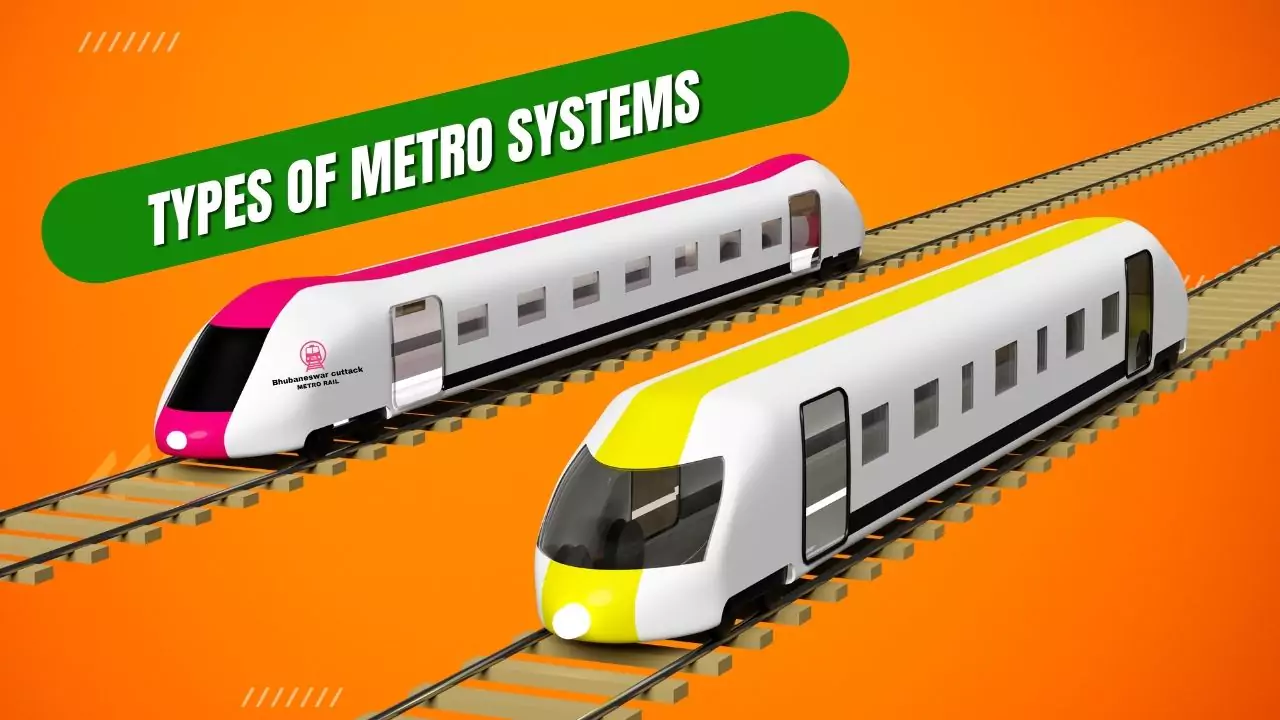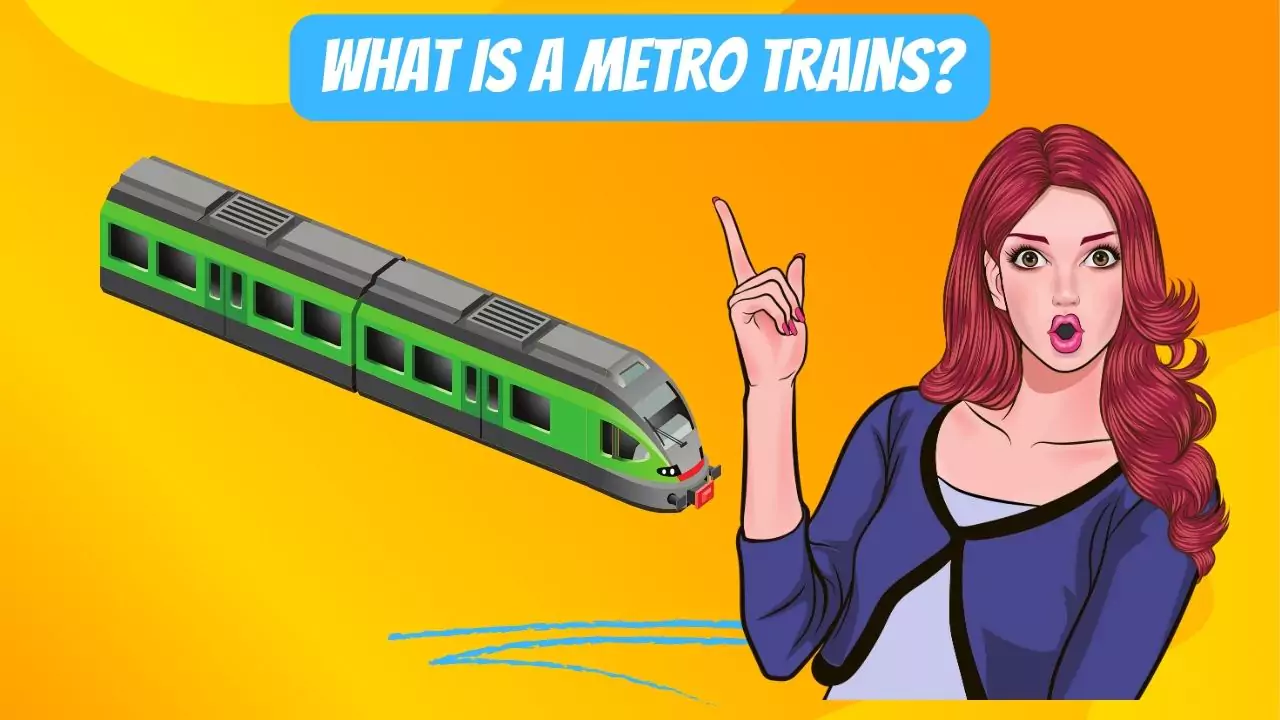Metro trains, commonly referred to as subways or undergrounds, are rapid transit systems designed to efficiently transport passengers within urban areas. These trains operate on dedicated tracks, offering a convenient and rapid mode of public transportation.
I. Introduction to Metro Trains
Metro trains are integral to modern city infrastructure, providing a reliable and convenient means of travel for urban dwellers. These systems are characterized by their dedicated tracks and frequent stops, connecting various key locations within a city or metropolitan area.

II. History of Metro Trains
The concept of metro trains dates back to the 19th century, with the first notable system being the London Underground, which opened in 1863. Since then, metro systems have evolved significantly, spreading across the globe and becoming essential components of urban transportation networks.
III. Types of Metro Systems
A. Underground Metro
Underground metros operate beneath the city surface, utilizing tunnels to navigate through densely populated areas. These systems are commonly found in cities where space is limited and offer an effective solution to transport challenges.
B. Elevated Metro
Elevated metros run above ground on elevated tracks, providing a cost-effective way to expand transportation networks. They are prominent in cities where constructing underground systems may be impractical or too expensive.
C. Automated Metro
Automated metros feature driverless trains controlled by advanced technology. These systems offer increased efficiency and safety, revolutionizing the way people commute within urban areas.
IV. How Metro Trains Work
Metro trains run on electricity and are powered by overhead wires or an electrified third rail. They follow predefined routes with multiple stations, enabling passengers to board and disembark at designated stops.
V. Benefits of Metro Trains
Metro systems offer numerous advantages, including reduced traffic congestion, decreased pollution levels, and efficient transportation for large populations. They contribute to sustainable urban development by promoting public transit usage.
VI. Challenges and Limitations
Despite their advantages, metro systems face challenges such as high construction costs, maintenance requirements, and the need for continuous upgrades. Additionally, overcrowding during peak hours can pose difficulties for commuters.
VII. Metro Trains Around the World
Metro train exist in various forms across the globe, from the extensive networks of the New York City Subway to the futuristic systems in cities like Tokyo and Shanghai. Each system reflects the unique needs and infrastructure of its location.
VIII. Future of Metro Transportation
The future of metro transportation involves advancements in technology, including the integration of smart systems, increased automation, and sustainability measures. These developments aim to enhance the efficiency and environmental impact of metro train.
FAQs about Metro Trains:
Are metro trains only found in large cities?
Metro trains are commonly associated with large cities, but smaller urban areas also have scaled-down metro or light rail systems.
How safe are metro trains?
Metro systems prioritize passenger safety, employing various measures such as surveillance, emergency protocols, and safety checks.
Do metro trains operate 24/7?
Some metro systems operate round the clock, while others have designated operating hours, typically from early morning until late at night.
Are metro systems environmentally friendly?
Compared to individual vehicles, metro train contribute to lower emissions and reduced air pollution, making them more environmentally friendly.
Are metro fares affordable?
Metro fares vary by location but are often designed to be affordable, encouraging widespread use among the population.
Does Bhubaneswar have a metro train system?
The urban Mass Rapid Transit System (MRTS) known as Bhubaneswar Metro has been given the green light for development in Bhubaneswar, the largest city in Odisha. The project, which has one line and a total of 20 stations, is being overseen by the Bhubaneswar Metro Rail Corporation and Delhi Metro Rail Corporation (DMRC) as the appointed consultants.
IX. Conclusion
Metro train play a crucial role in urban mobility, offering a fast and efficient means of transportation. As cities continue to grow, the evolution and expansion of metro systems will remain vital in addressing the transportation needs of urban populations.

